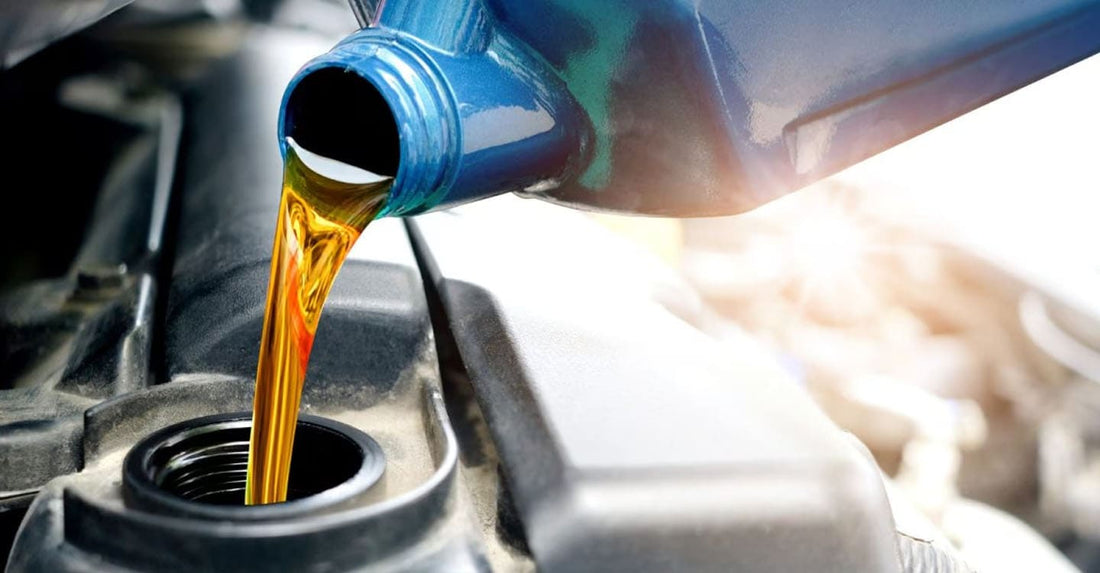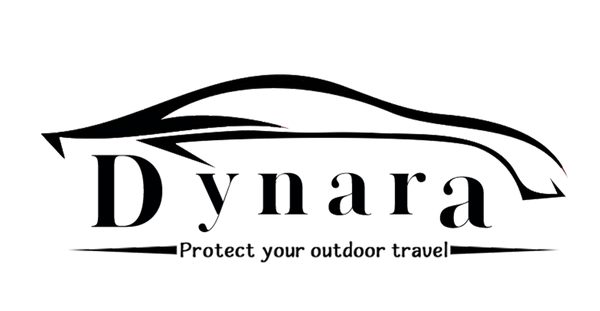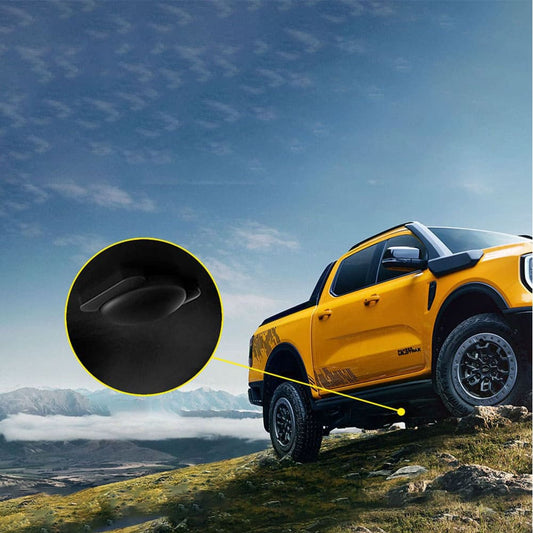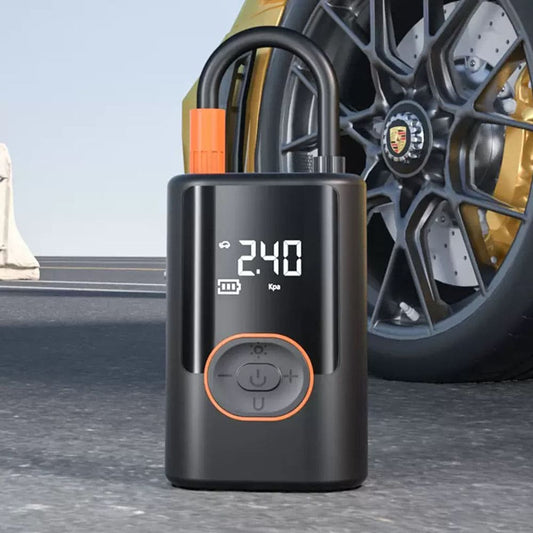
How Often Should You Change Your Oil? Dynara’s Expert Guide to Oil Changes
Share
Changing your vehicle’s oil is one of the most important maintenance tasks to ensure your engine operates smoothly. It’s a routine service that may not be glamorous, but regular oil changes can significantly extend the life of your engine and maintain your car’s performance. But how often should you change your oil? The answer depends on several factors, including the type of oil used, your driving habits, and your car’s specifications.
Gone are the days when the 3,000-mile oil change was the golden rule. Today’s cars, especially those using synthetic oil, can go much longer between oil changes—often up to 7,500 to 10,000 miles. In fact, many modern engines and oil formulations are so advanced that oil changes might only be needed once or twice a year for some drivers. Here’s what you need to know to get the most out of your oil change routine and ensure the longevity of your engine.
Why is Regular Oil Maintenance Important for Your Car?
Oil is the lifeblood of your car’s engine. It lubricates the moving parts, reduces friction, helps keep the engine cool, and prevents wear and tear. Without clean oil, your engine could overheat, seize, or experience significant damage over time.

Changing your oil regularly helps:
Prevent Engine Wear: Dirty oil accumulates debris and breaks down, reducing its ability to lubricate the engine properly.
Improve Fuel Efficiency: Clean oil allows the engine to run more smoothly, which can improve fuel economy by as much as 2%.
Extend Engine Life: Regular oil changes reduce the chances of costly repairs and prolong the life of the engine.
Maintain Warranty and Resale Value: Following the manufacturer’s recommended maintenance schedule helps protect your car's warranty and can improve its resale value. Keeping accurate records of your oil changes can also demonstrate to potential buyers that your vehicle was well-maintained.
MORE: Car Warranty Guide: What You Need to Know for Your Vehicle Protection
Types of Motor Oil and Which One is Right for You
Choosing the right motor oil for your car is essential. Not all oils are created equal, and selecting the wrong oil can lead to poor engine performance and damage. Here's a quick breakdown of the different types of oils and their benefits:
Conventional Oil
Conventional oils are derived directly from crude oil and are the traditional choice for many vehicles. However, they need to be changed more frequently—typically every 3,000 to 5,000 miles. While this is an affordable option, it doesn’t provide the long-term protection that more advanced oils do.
Best for: Older cars, budget-conscious drivers, or vehicles with simple engine designs.
Semi-Synthetic Oil
Semi-synthetic oil is a blend of conventional and synthetic oils. It provides a balance of performance and cost, offering better protection and a longer lifespan than conventional oil. Semi-synthetic oil typically lasts between 5,000 and 8,000 miles.
Best for: Drivers who need a bit more performance and protection than conventional oil but don’t want to spend on full synthetic oil.
Full Synthetic Oil
Full synthetic oil is engineered to provide maximum performance, protection, and longevity. It’s designed for high-performance engines, high-mileage vehicles, and extreme driving conditions (like frequent stop-and-go or towing). Full synthetic oil can last 7,500 to 10,000 miles between changes, and it’s excellent for modern engines.
Best for: Newer vehicles, high-performance cars, or anyone who wants optimal engine protection and fewer oil changes.
MORE: Ultimate Car Maintenance Guide: Tips, Costs, and Essential Checkups
What’s Involved in an Oil Change?

Changing your oil is a simple process, but it requires the right tools and care. While you can take your car to a dealership or an auto service center for an oil change, it’s also possible to change the oil yourself with a bit of know-how. Here’s what’s typically involved in an oil change:
Draining the Old Oil
The first step is to drain the old oil from the engine. This involves loosening the drain plug and allowing the oil to flow into a collection pan. It's crucial to ensure that the oil is hot but not too hot to handle.
Replacing the Oil Filter
Next, the oil filter needs to be replaced. This step is essential because the filter traps contaminants and debris from the oil. Failing to replace the filter can lead to clogged oil systems and poor engine performance.
Adding Fresh Oil
After draining the old oil and replacing the filter, it’s time to add fresh oil. Use a funnel to pour the recommended amount of oil into the engine. It’s essential to choose the right oil for your vehicle to ensure that your engine is adequately lubricated.
Checking Oil Levels
After adding the oil, use the dipstick to check the oil level. Make sure the oil reaches the proper level on the dipstick to ensure proper engine lubrication.
Disposal of Used Oil
Used oil is hazardous, so it’s important to dispose of it properly. Most auto service centers, including Dynara’s recommended partners, will accept used oil for recycling.
MORE: Enhance Your Driving Experience with the Wireless Car Tire Inflator
How Heat Affects Motor Oil in Your Car
The temperature of your environment can significantly impact the longevity and performance of your engine oil. Higher temperatures can cause the oil to break down more quickly, reducing its ability to lubricate the engine effectively. In hot climates or during long-distance driving, you may need to change your oil more frequently.
What is an Oil-Life Monitoring System?
Many modern vehicles come with an oil-life monitoring system that tracks your driving habits and conditions to alert you when it’s time for an oil change. These systems take the guesswork out of oil changes and can help you extend your oil change intervals. If your car has this system, be sure to monitor it closely to ensure that you’re following the best maintenance schedule for your vehicle.
DIY Oil Change Tips
For the DIYers, changing your oil can be a rewarding experience that saves money. Here are a few tips from Dynara to make sure your oil change goes smoothly:
Park on a Level Surface: Ensure your car is on a flat surface to avoid draining issues.
Use the Correct Oil: Always use the type and amount of oil specified in your owner’s manual
Wear Protective Gear: Gloves and safety glasses are essential for protecting your hands and eyes during the oil change.
Properly Dispose of Used Oil: Never throw away used oil—always recycle it at an appropriate facility.
MORE: Car Tires Guide: Everything You Need to Know
Keep Maintenance Records
Regular oil changes are not just about maintaining engine health; they’re also crucial for keeping track of your vehicle's overall condition. Keeping detailed records of oil changes can increase the resale value of your car and help with future maintenance decisions. Always keep receipts and document the oil change dates to demonstrate proper maintenance.
Conclusion on Oil Changes
In conclusion, changing your oil regularly is one of the most straightforward ways to keep your engine running smoothly and extend its lifespan. Whether you choose synthetic, semi-synthetic, or conventional oil, it’s essential to follow the recommended oil change intervals for your car. At Dynara, we offer high-quality oils designed to keep your vehicle running at its best for longer.
Don’t forget that maintaining accurate maintenance records, using high-performance oils, and staying on top of your oil change schedule are all steps towards ensuring your car’s long-term health and performance.




